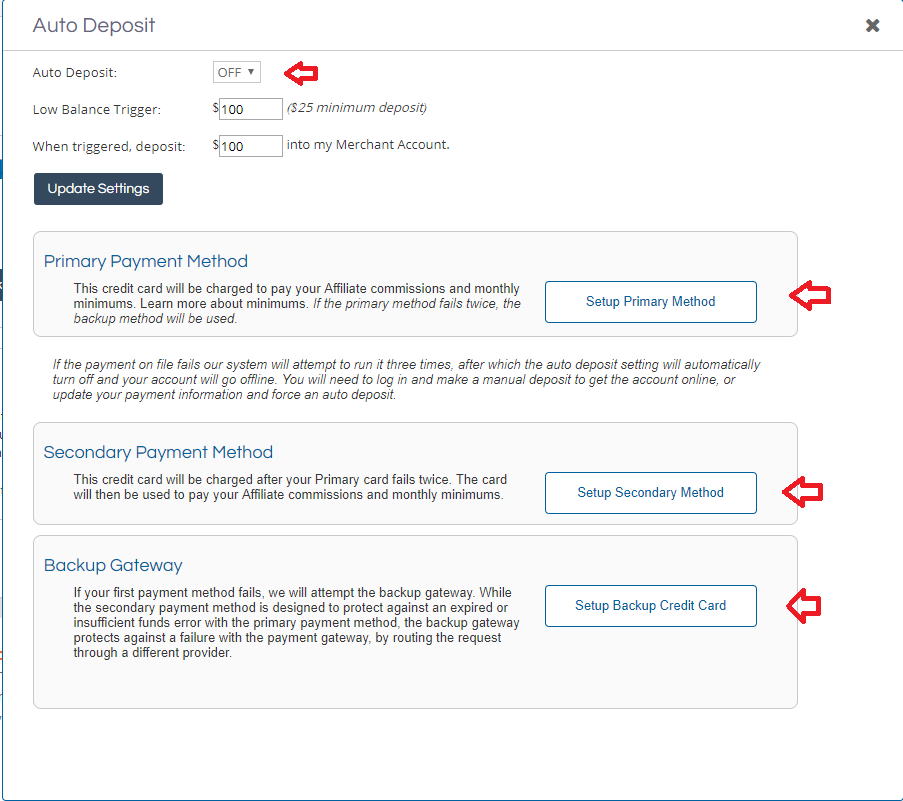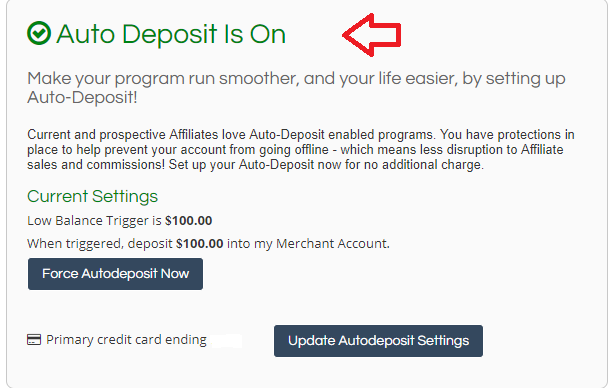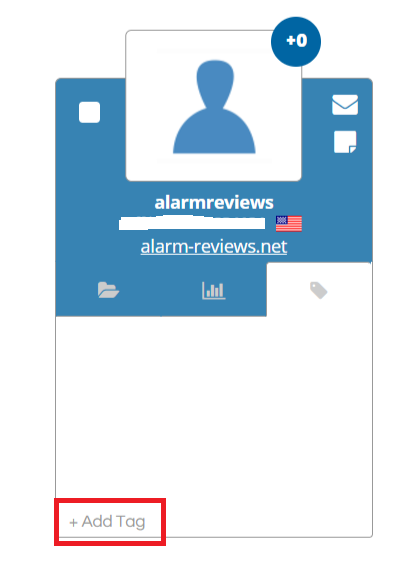Social media is a great source for starting new relationships, building upon existing ones and, sometimes, even ruining relationships. Luckily, we are in the business of forming and growing long-term great relationships. That’s why I wanted to share these 4 ways to use social media to recruit new affiliates.
Before we get into the 4 different ways, some of these tips can be used across all social media platforms and some are specific to Facebook, Twitter or Instagram specifically.
Hashtags
Using hashtags to find new potential affiliates is such a simple, yet effective way to find new recruits. You can do this on Facebook, Instagram, Twitter and even Pinterest.
Let me provide a quick example.
Let’s say that you are the affiliate manager for a makeup and beauty company and are looking for new affiliates. You could head over to Instagram and search for #makeup. This will most likely bring you thousands of results, but you can start at the top and start making your way through them all.
You have to be able to figure out which posts are spam, but it’s pretty easy to tell.

Next, you are going to look at the images and find ones that are posted by people who are sampling makeup or making makeup tutorials for their viewers. Your goal is to focus on people who are not talking about purchasing a product, but focus on those who have an audience that will be willing to purchase something they recommend.
This is the type of person that you want to reach out to on social media. You can reach out to this person in multiple ways now. You could send them a Direct Message on Instagram (or Twitter or Facebook), you could visit their profile and find their email address or a website that may contain an email address.
Once you have the contact information, then start them in your affiliate marketing recruitment funnel.
Twitter Search
Twitter Search is very similar to searching for hashtags, except you don’t have to search for actual hashtags. In this case, you can just search for keyword phrases and look for these phrases within a certain timeframe.
As you can see in the screenshot, there are multiple search factors that you can use to narrow down the exact audience that you want to reach out to.
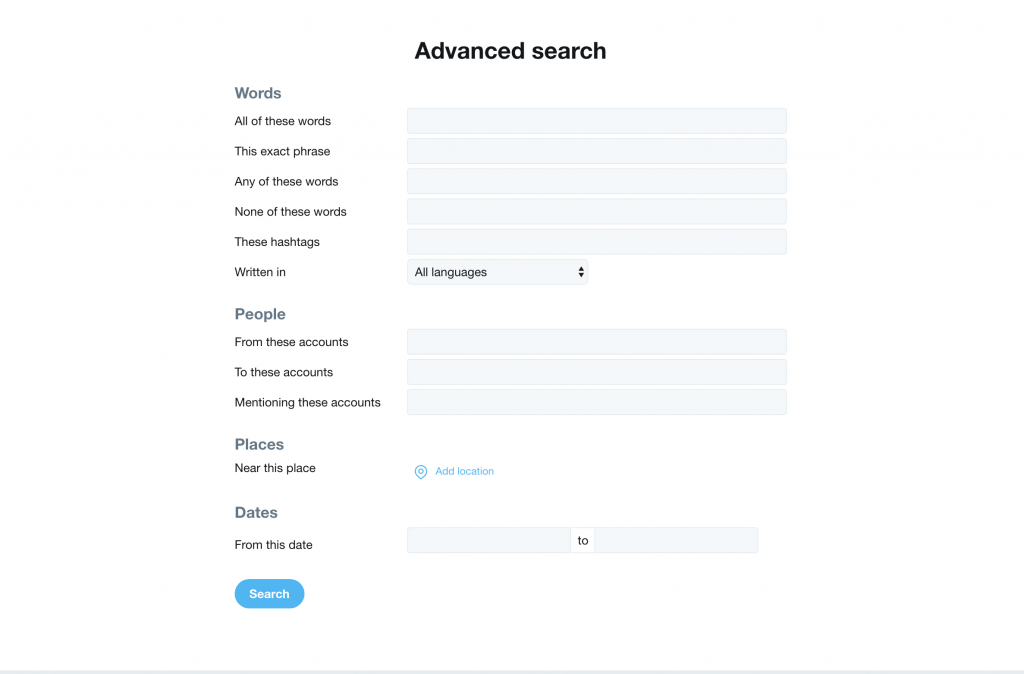
Let me provide an example of using Twitter Search as well.
Let’s say that we are doing affiliate outreach for a mattress brand and you want to find people on Twitter who have been talking about mattresses and or sleep. Simply go to the Advanced Twitter Search page and type “mattress, sleep” in the Any of these words section.
If it is important to you to narrow down a location, you can do this as well. For this example, we will not use location based.
Now, you also want to find people who have recently Tweeted about these keywords so that it’s fresh and relevant during the outreach, so select a time frame under Dates. I would recommend the last 2 weeks.
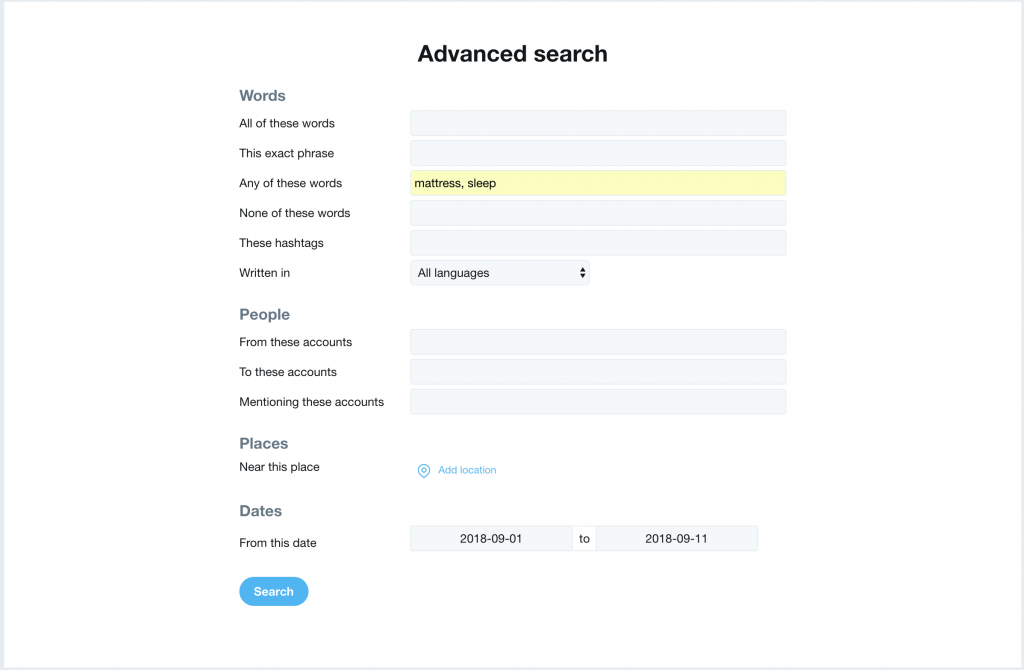
You will see a Twitter search results feed with Tweets that include either the keyword mattress or sleep. Now, you are going to do the same thing that you did above in the Hashtag example.
Scroll through the feed looking for people who are reviewing a mattress that they just purchased or maybe someone who has written an article about the benefits of sleep and you feel that your mattress brand would be a perfect match for an affiliate relationship with. Reach out to this person and begin your affiliate recruitment outreach.
Bonus Tip: Share, Like and Retweet their post because it will be fresh in their mind that you did something nice for them.
Community Engagement
This tip may be more of a long-term play than the others mentioned above. The reason is because this one takes time to build a relationship and engage within the communities that are surrounding the affiliate program that you are managing. The two mentioned above are quick searches and allow you to reach out right away.
Community engagement simply means finding the online communities that you potential affiliates belong to and engage with them. Sounds simple right?
It is. It is also very time consuming.
Let me provide an example for this situation as well.
Let’s say that you are the affiliate manager for a company that sells costumes. These aren’t just costumes for Halloween, but also can be used for Cosplay and other events as well.
For this example, I want to focus on the Cosplay niche.
You can find Cosplay Facebook groups or Twitter chats or even Instagram hashtags to follow (utilizing the tips above). Now, the difference here versus the examples up above is that we don’t want to reach out right away. We want to become part of the conversation and the community. Find interesting topics in the cosplay niche and engage in the conversation, share articles or other posts that you feel others will find interesting.
This will help you begin to build relationships with the people in the niche and eventually content creators who have large followings and write about different cosplay events, you know, people who would be great affiliates!
Even better, by engaging with the community, which you can do from a personal account and not the company account, you could build great relationships that can be utilized in other ways. For example, if you are an outsourced affiliate program management agency, then you can leverage the relationships built to get affiliates to join multiple programs that you manage.
No Email, No Problem
This tip is somewhat self-explanatory. If you already have a list of potential affiliates that you want to reach out, but you don’t have any contact information for them from their website, then find them on social media.
If you are able to connect with them on Facebook, Twitter, Instagram or even LinkedIn, then start you affiliate recruitment outreach via these social media channels.
The possibilities are endless on how you can use social media to recruit new affiliates. There are always new social media platforms popping up, but the core sites are always growing and adding new creators.
If you have any additional tips for using social media for affiliate recruitment, I would love to hear them. Please comment below or share this post on social media to start a conversation.

 Lastly, it’s important to have a full profile with clean messaging and descriptions. If you have an incomplete profile, not only will your program not have a professional look, but the networks will not list you as high in search results.
Lastly, it’s important to have a full profile with clean messaging and descriptions. If you have an incomplete profile, not only will your program not have a professional look, but the networks will not list you as high in search results. Webinar Trainings
Webinar Trainings







 passively recruit affiliates into affiliate programs. What exactly is passive affiliate recruitment? It is a recruiting method when prospective affiliates find a merchant’s affiliate program on their own. Below are 5 ways to passively recruit new affiliates into an affiliate program:
passively recruit affiliates into affiliate programs. What exactly is passive affiliate recruitment? It is a recruiting method when prospective affiliates find a merchant’s affiliate program on their own. Below are 5 ways to passively recruit new affiliates into an affiliate program:
